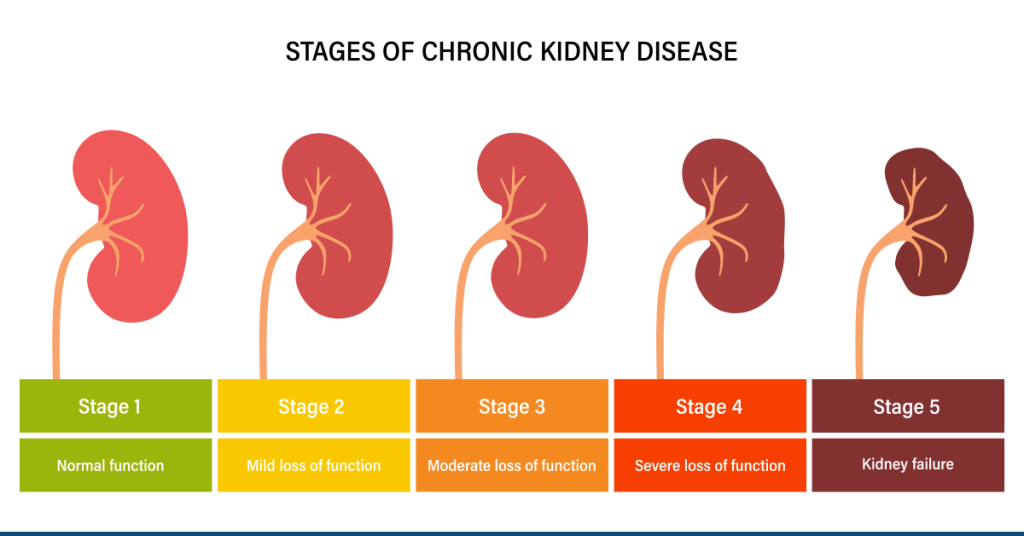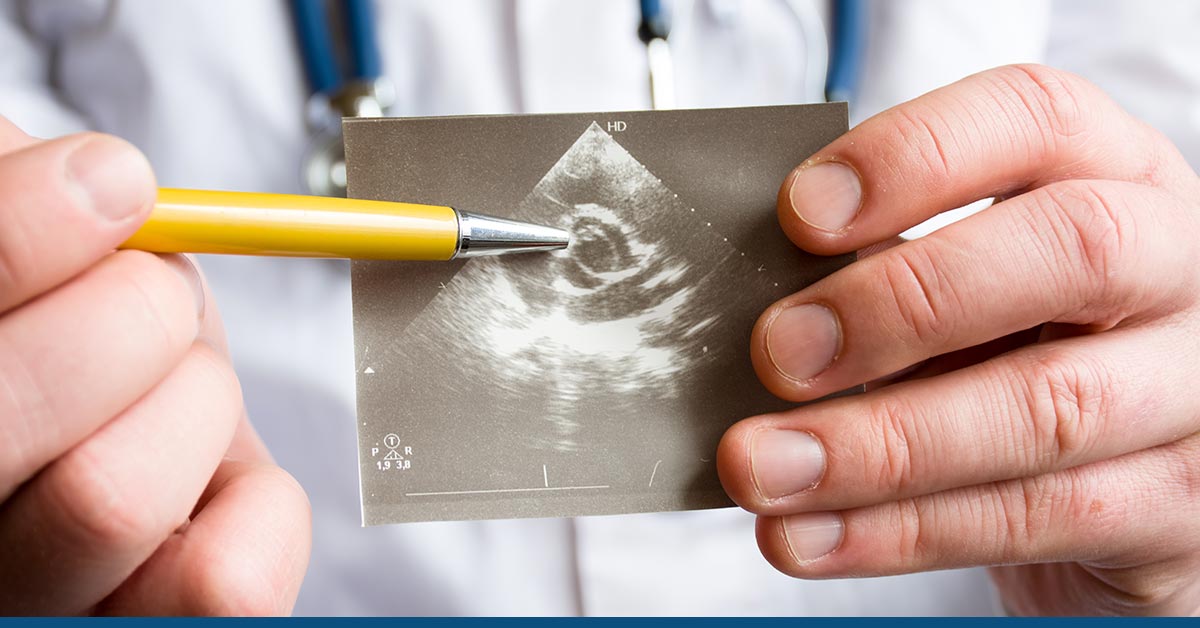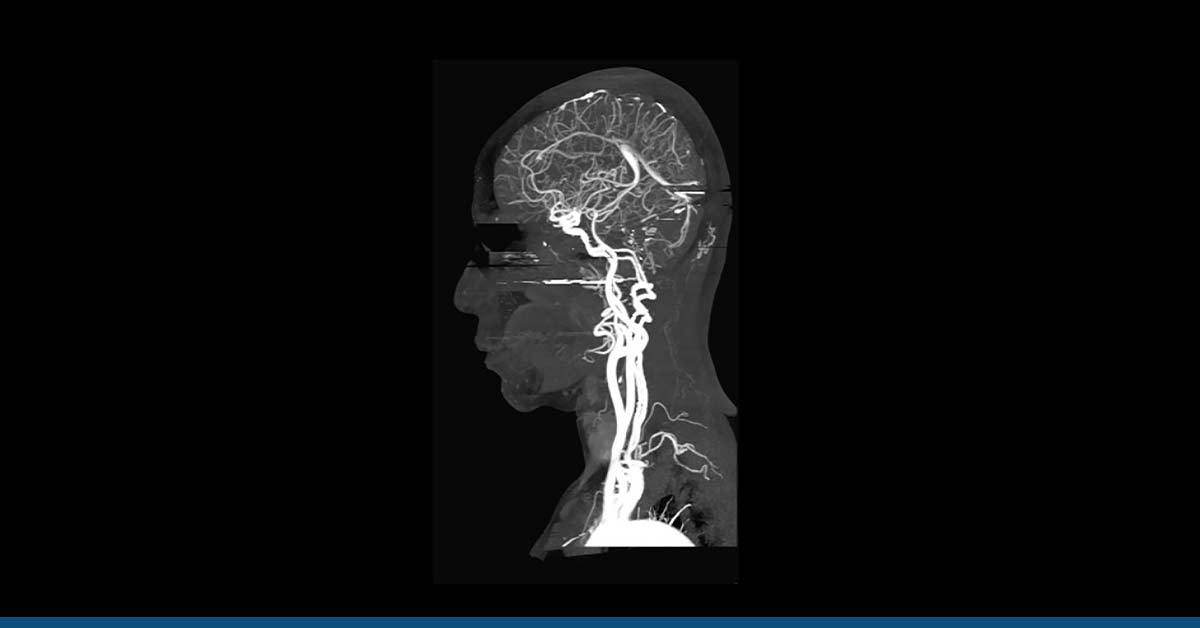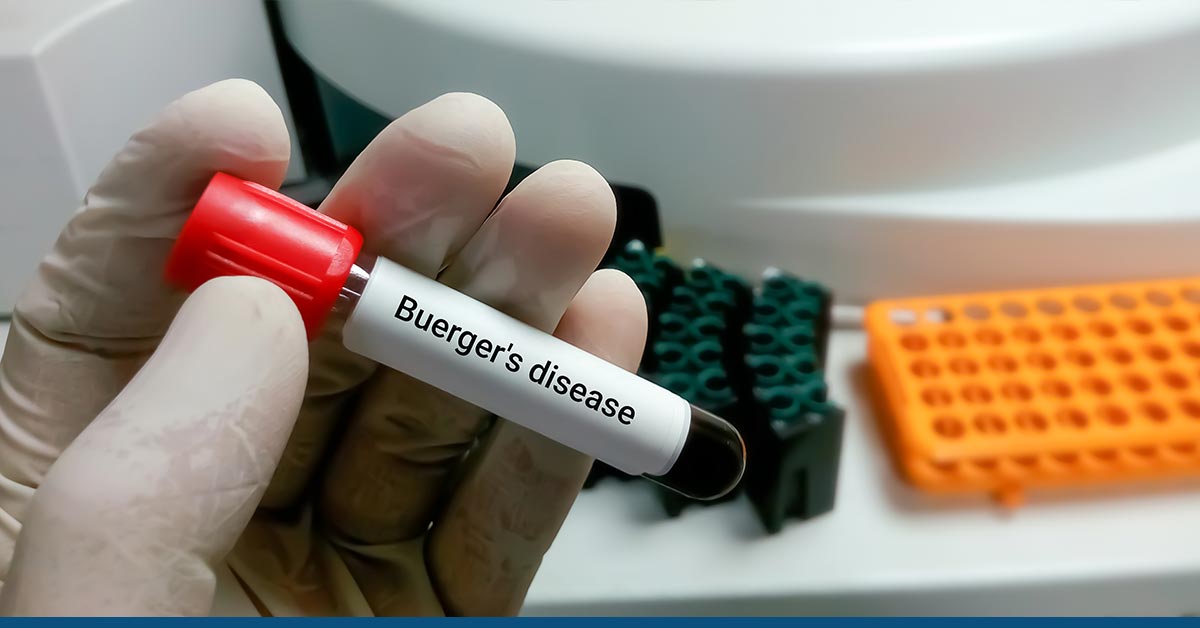Kidney disease is a condition in which the kidneys become damaged and fail to clean the blood that passes through them.
That results in a build-up of toxins in the body and may lead to further complications such as high blood pressure and stroke.
Since the disease develops and worsens over time, it is also known as chronic kidney disease. More than 1 in 7 people in the US alone suffer from CKD.
Furthermore, 9 out of 10 of these people do not even know they are suffering from the disease.
Kidney disease, also known as renal disease, is a progressive one and can be divided into five stages so that it is easier for doctors to diagnose and treat it according to the stage the patient is in.
Table of Contents
ToggleDetermining the Stage of CKD
So, how does one figure out what of the five stages of kidney disease one has
1. Finding the Amount of Creatinine
Our kidneys function by filtering out the blood they receive and removing the waste product from it, which goes to the ureter, while the now cleansed blood enters the bloodstream again.
Creatinine is a waste product produced as a result of muscle activity. By doing a simple serum test, you can find the creatinine content in your bloodstream.
If your blood contains a high level of creatinine, it means that even though your kidneys received the compound, they failed to filter creatinine out. Hence, your kidneys are not functioning well.
2. Glomerular Filtration Rate
Now that you know the creatinine content in your blood, you can check its glomerular filtration rate (GFR). That is how fast the kidneys filter out the blood they receive (in a minute).
A higher GFR means that your kidneys are healthy, while a lower one means they are not. Here is a table that shows the five different stages of chronic kidney disease and the GFR at which they occur:
| Stage of CKD | GFR/ mL/min |
|---|---|
| 1 | >90 |
| 2 | 60 – 89 |
| 3 | 30 – 59 |
| 4 | 15 – 29 |
| 5 | < 15 |
What Are The 5 Stages Of Kidney Disease?
Stage 1
Stage 1 chronic kidney disease has a glomerular filtrate rate of 90 or more. Since kidneys work well even if they are not functioning fully, the patient observes no possible symptoms.
A few lab tests, for example, urine tests, could tell if the kidneys were in good shape. The presence of proteins in the urine indicates that the kidneys are not doing their job perfectly well.
If you have a family history of renal disease or find proteins in a urine test, it’s best to consult a nephrologist and discuss the matter in detail.
Maintain a healthy lifestyle by eating well, exercising regularly, and maintaining weight. Cut down on tobacco or nicotine and if you have diabetes or hypertension, work on lowering your blood glucose level.
Stage 2
In stage 2 CDK, the GFR is around 60 and 89. It is similar to the first stage because no significant symptoms appear. However, experiencing kidney pains in the back, feeling lethargic, having trouble sleeping, not eating well, and overall weakness are a few signs you may want to look out for.
At this stage, doctors carry out multiple blood or urine tests, ultrasounds, or CT scans to figure out the extent of kidney damage.
To limit the damage caused to your kidneys, maintain a healthy lifestyle by having a balanced diet and exercising. Cut down on salt and sugar and closely monitor your blood sugar level and blood pressure.
Remember, there is no specific cure for CKD and, only maintaining a healthy lifestyle will help you lessen the rate at which the disease progresses.
Stage 3
Stage 3 CKD has two phases to it. 3a, an early stage, which has a GFR ranging from 45 to 59, and a late stage, 3b, which has a GFR range of 30 to 44.
Symptoms usually occur during the later stage and include swelling of hands and feet (known as edema), an irregularity in urinating patterns, pains in the back, lethargy, itchiness, and drying of the skin, food aversion, and trouble sleeping.
Since the kidneys start to lose function, they cannot effectively filter out waste which starts accumulating in the body and may lead to other complications in the form of bone diseases, anemia, and high blood pressure.
Visit a nephrologist couple of times in the year to help you not only with CKD but also with other problems that arise during this stage, such as diabetes and cholesterol. You will also have to refer to a nutritionist or dietitian.
A diet with minimum proteins is best as it means less work for your kidneys. The National Kidney Foundation suggests that people with CKD should have less than 2 grams of salt in their diet, so a low-salt diet is beneficial.
Apart from maintaining healthy habits, you will also need to take the prescribed medicine and dietary supplements. You will probably be assigned supplements to lower cholesterol and high blood pressure levels, vitamins to tackle weakened bones, and erythropoietin for anemia.
Stage 4
At this stage of CKD, your GFR ranges from 15 to 29. The symptoms are similar to those witnessed in the earlier stages and include the complications that arise with stage 3.
More symptoms include vomiting, chest pains, feeling nauseous, breathlessness, and muscle cramps. Since the kidneys lose function and fail to filter out the blood, patients suffer from bad breath or have a metallic taste in their mouth.
At this stage, you should visit a nephrologist once every three months, who will check up on your daily habits and prescribe help for the other complications, such as anemia and diabetes. He will also prepare you for a kidney transplant or dialysis.
Stage 5
At stage 5, your GFR is less than 15 and is the endgame because it gets difficult to live without dialysis or a kidney transplant. It is also known as ESKD (end-stage kidney disease) or ESRD (end-stage renal disease).
The kidney fails or reaches complete failure and loses all function. That means it cannot filter out the blood, regulate blood pressure, produce erythropoietin that assists in making red blood cells, nor activate vitamin D, which is essential for healthy bones.
You may feel very sick, and the symptoms are similar to those of the earlier stages but more severe. Furthermore, it results in a change in the color of the skin as pigmentation increases. Since toxins remain unfiltered, they start to settle in the body at great speed and result in uremia.
Dialysis works by carrying out the functions that your kidneys fail to do. There are two types of dialysis, hemodialysis and peritoneal dialysis (PD). While hemodialysis is done three times a week, PD involves the placement of a catheter in your abdomen that you will have to drain 4 to 6 times a day.
According to the National Kidney Foundation, patients going through dialysis have a life expectancy of about five to ten years. However, people have gone on to live for twenty to thirty years.
A kidney transplant is also an efficient way of prolonging life expectancy. However, your body may reject the organ, and you will need to take anti-rejection medicines. More than 2 million people suffer from stage 5 CKD, and around 90,000 people in the US only are waiting for a kidney transplant so you might have to wait until your turn comes.
It is never too late
Even though there is no cure for chronic kidney disease, a healthy attitude can help you live along and happy life. Visit HG Analytics and we who will help you diagnose the stage of kidney disease you are at.
It is easy to overlook the symptoms of an earlier stage of kidney disease, and the sooner you get diagnosed, the better. Book your appointment now.





